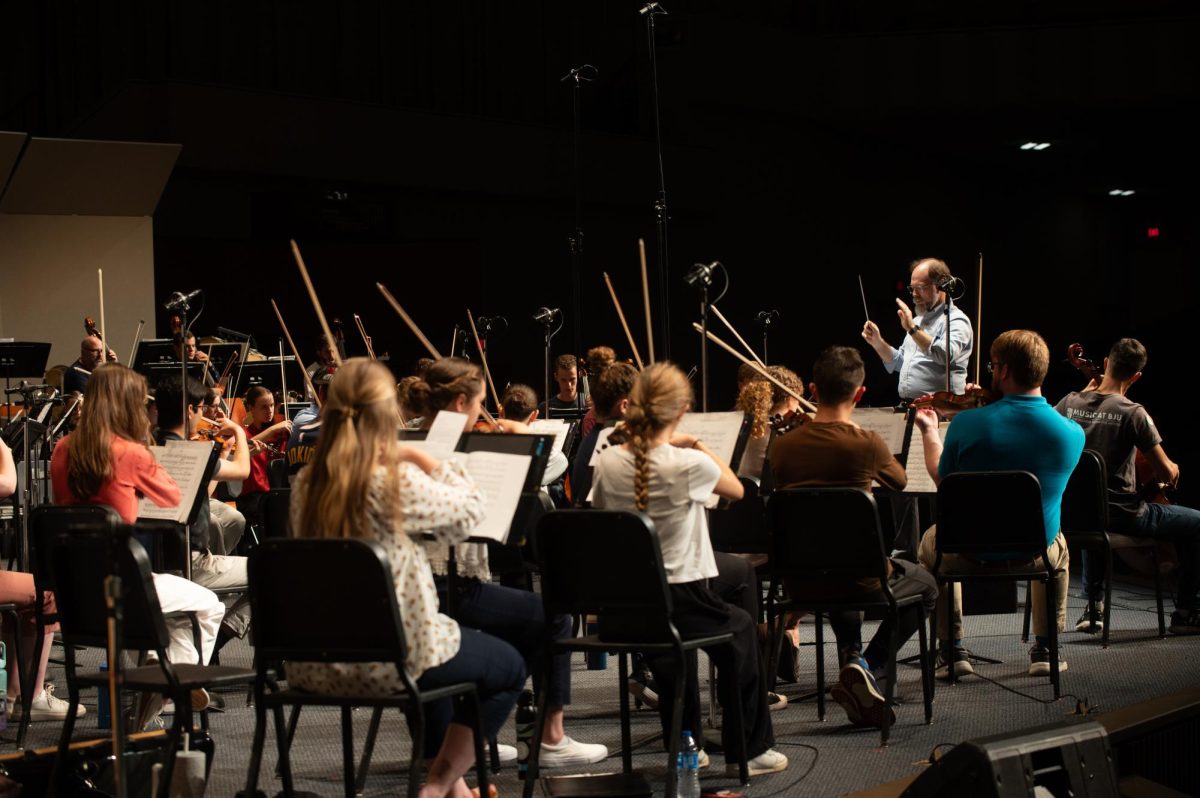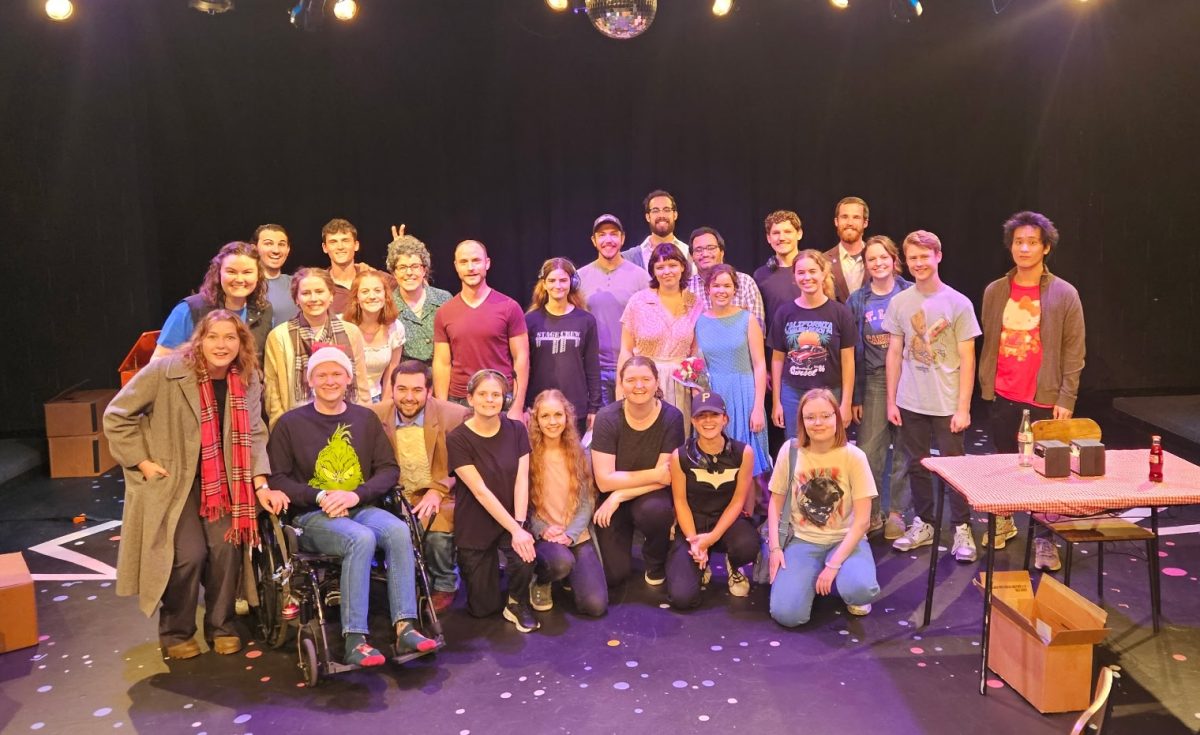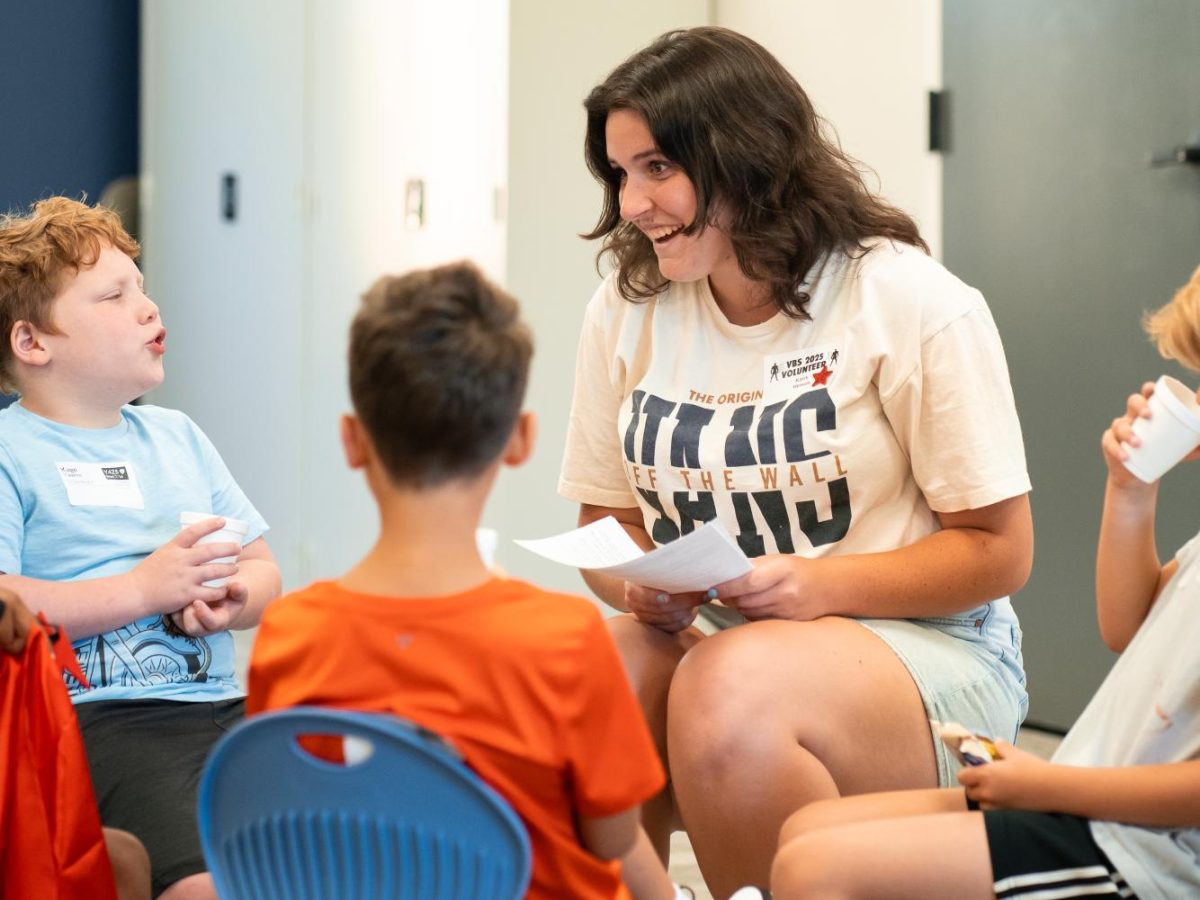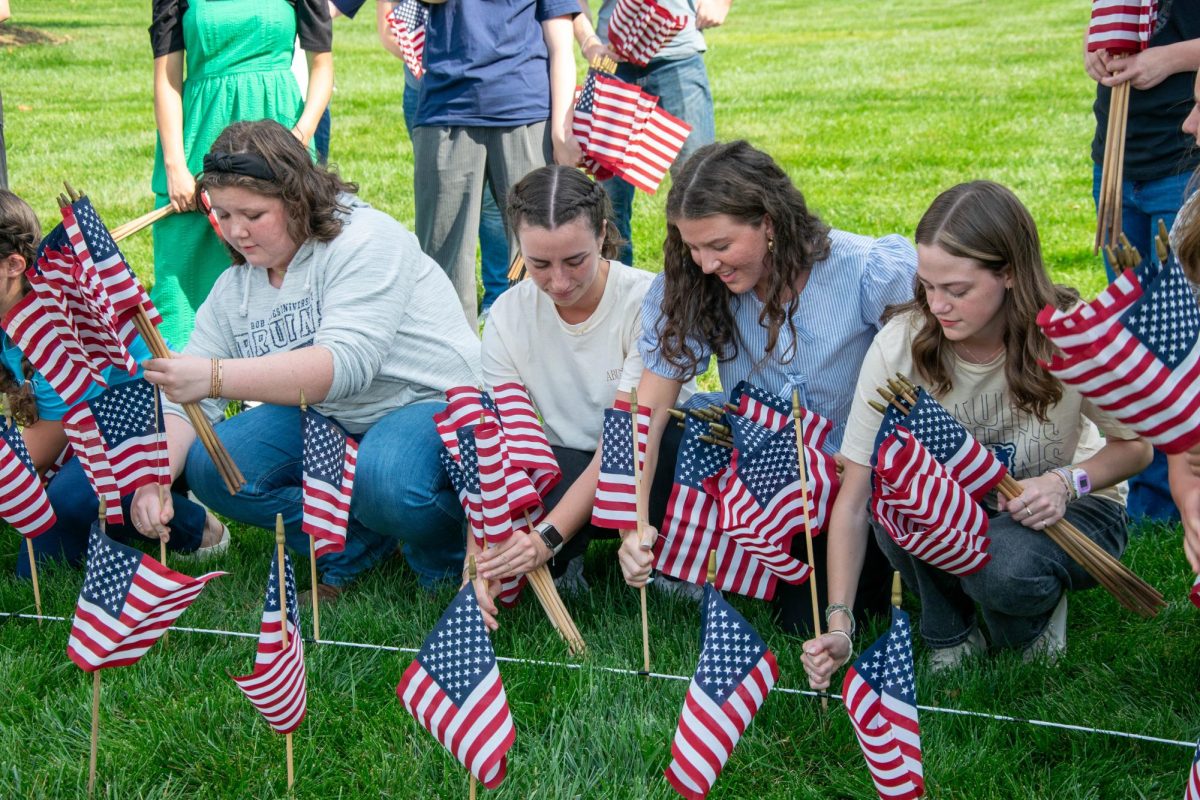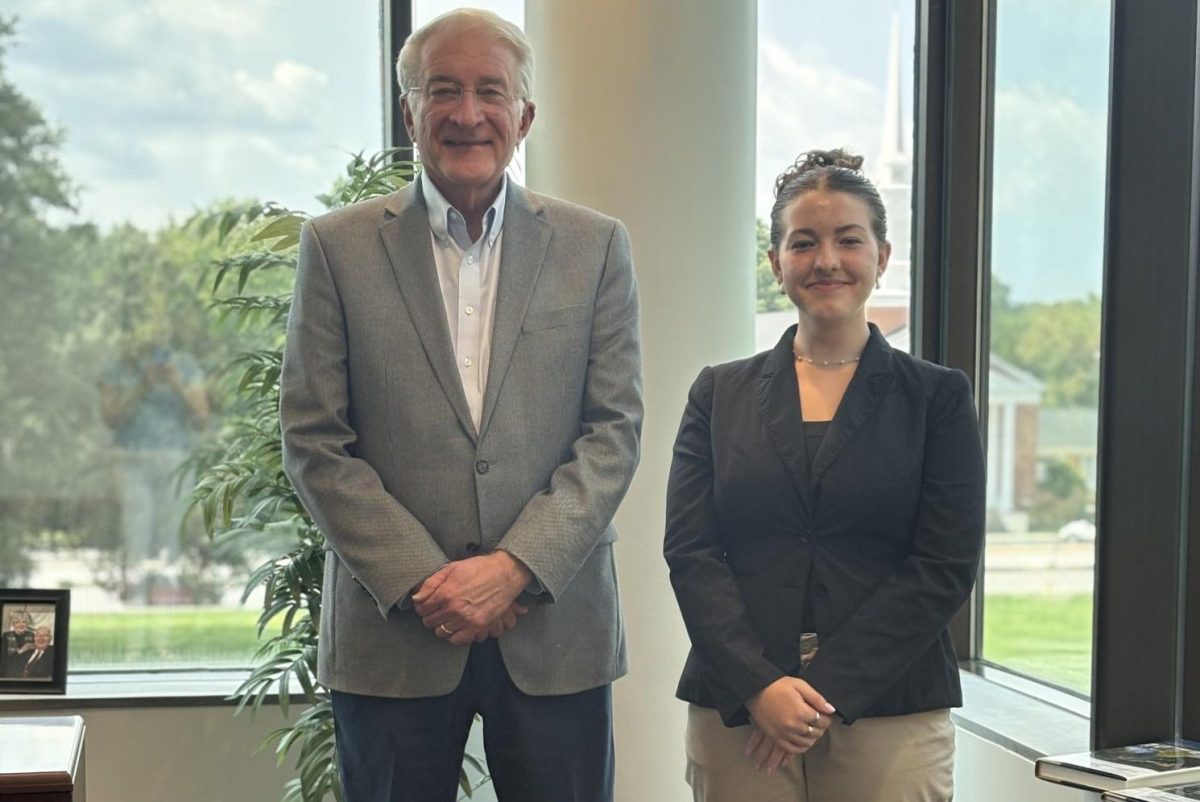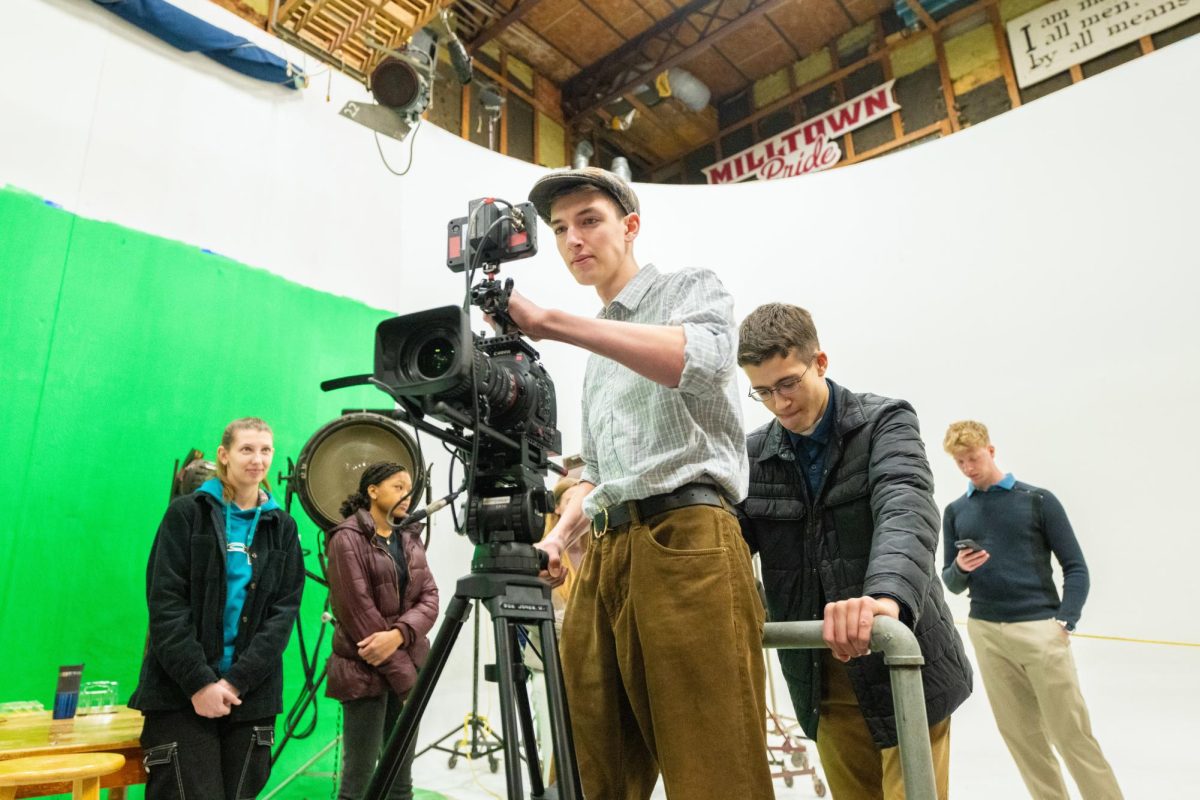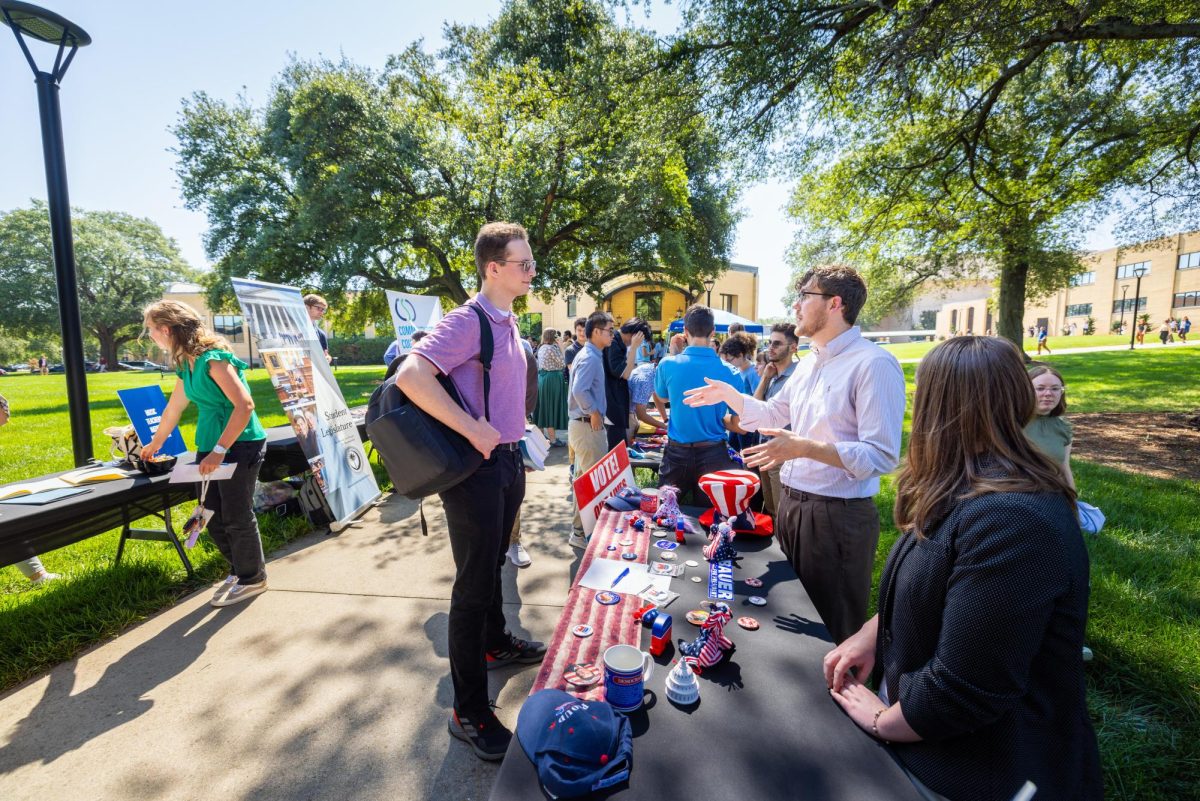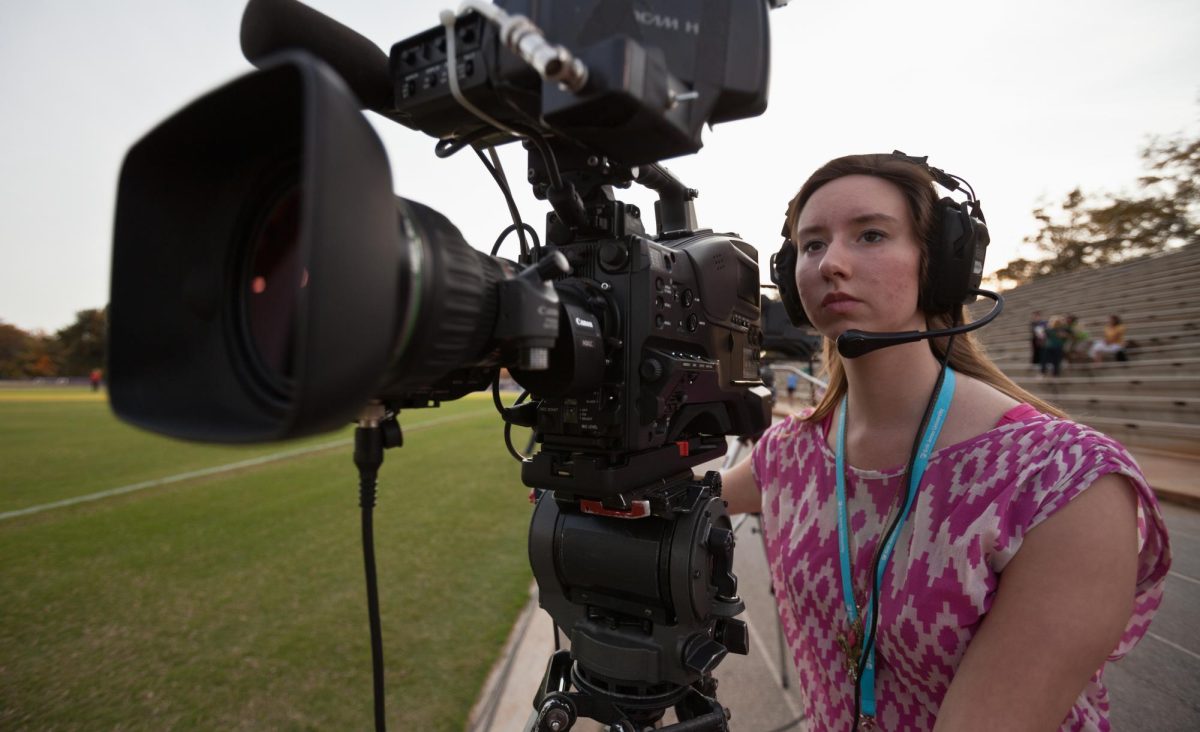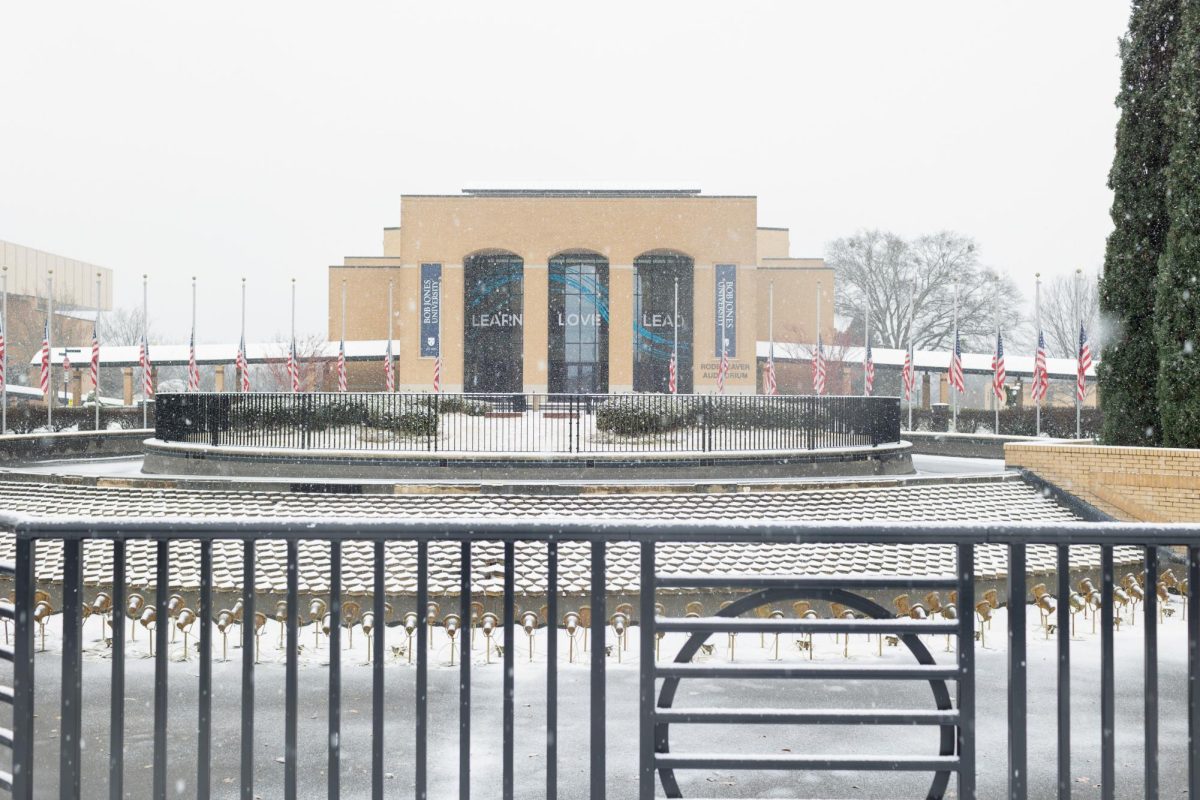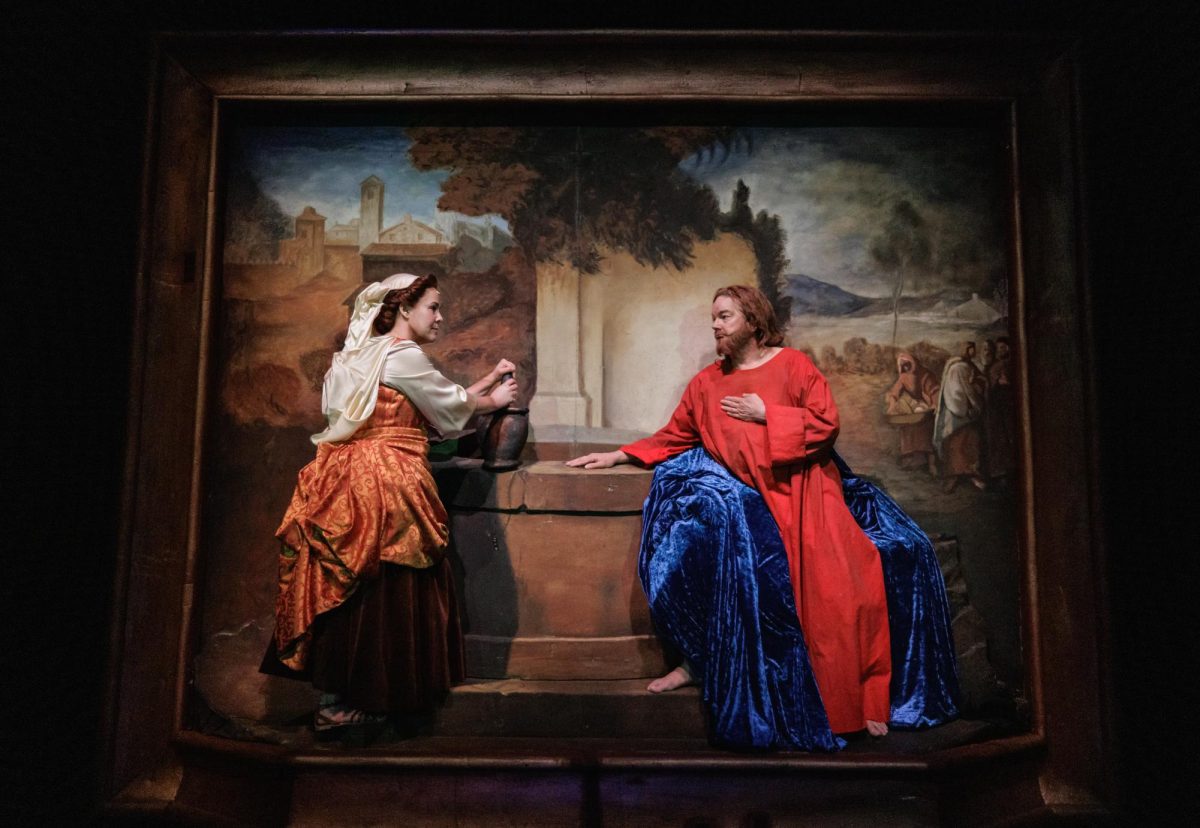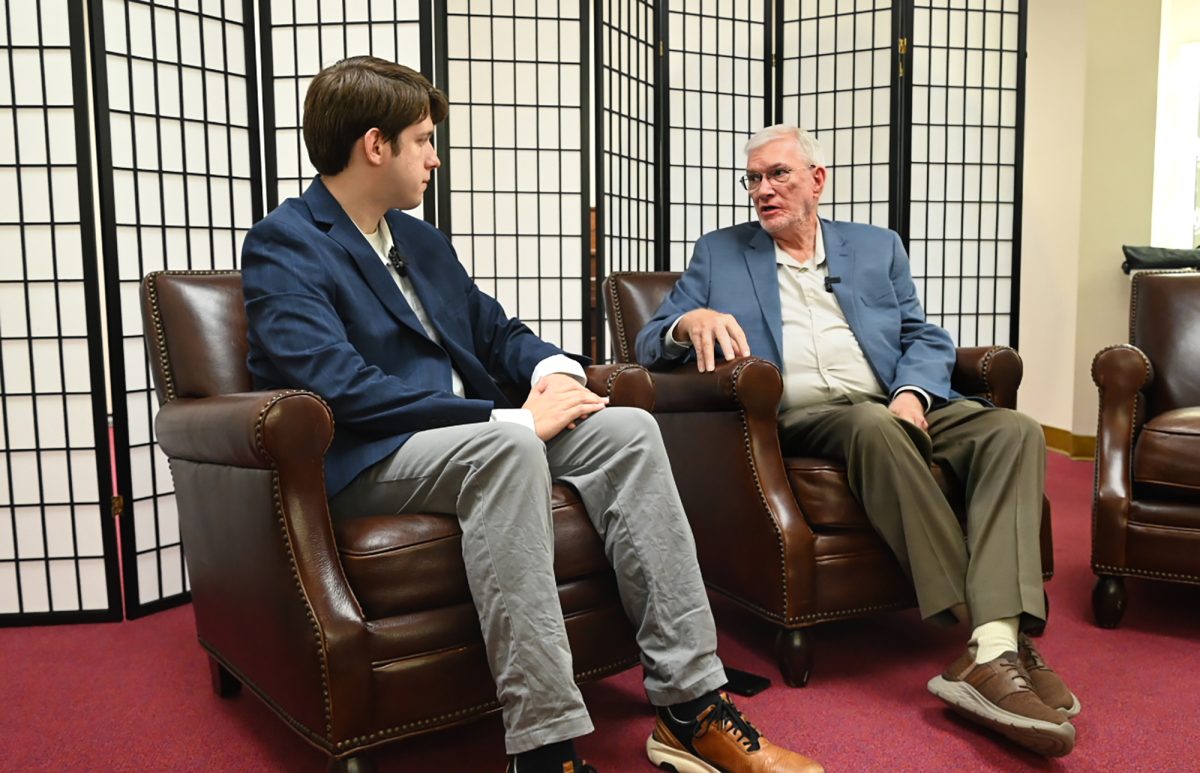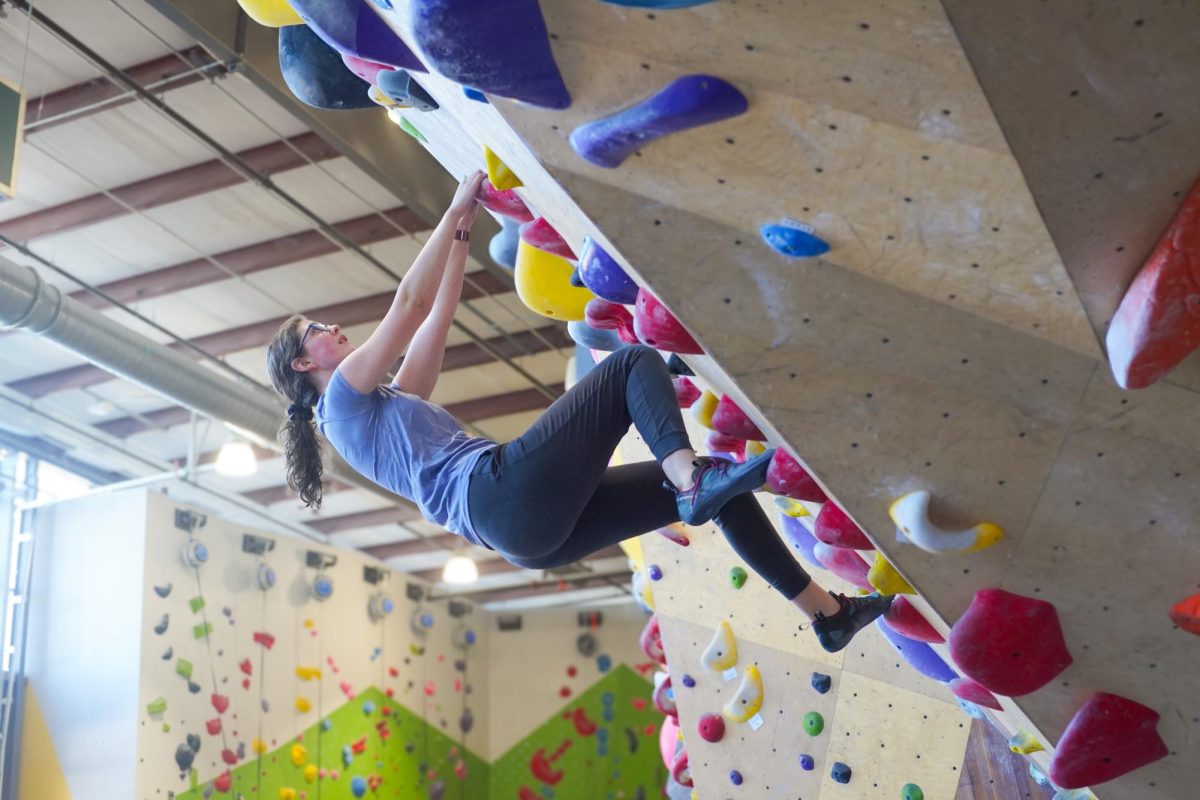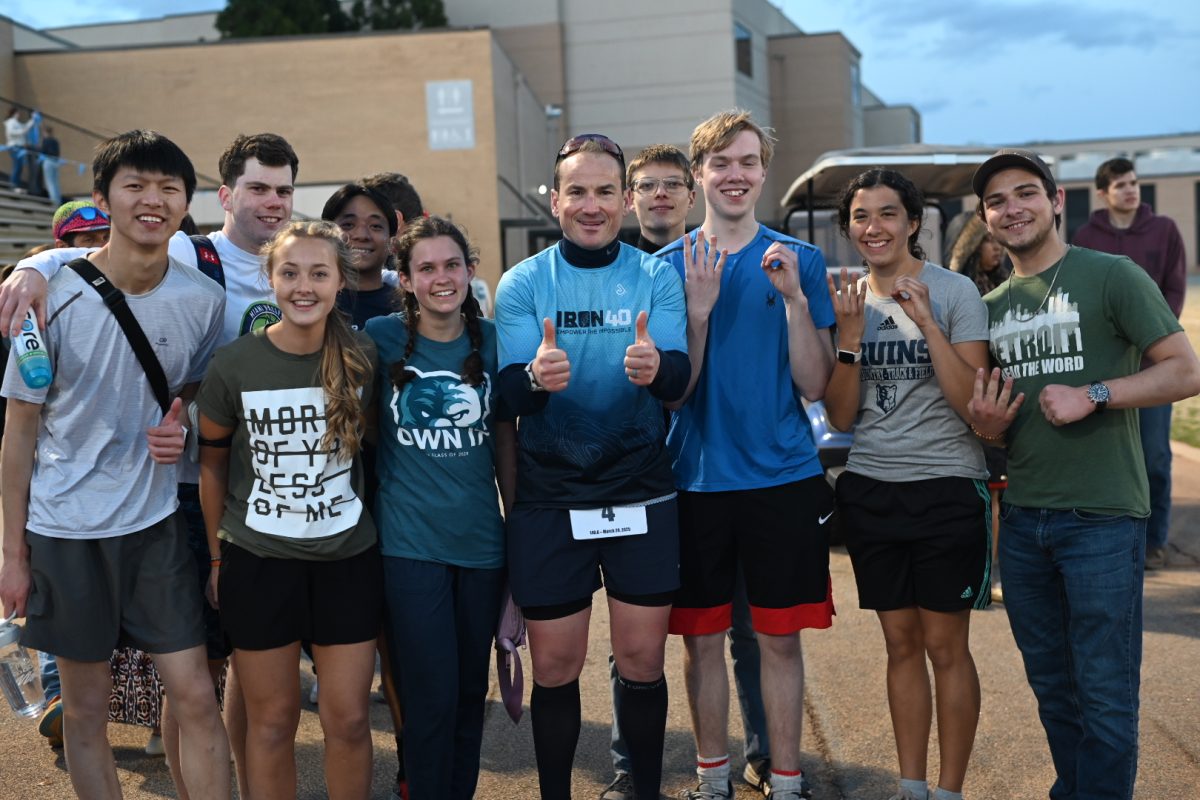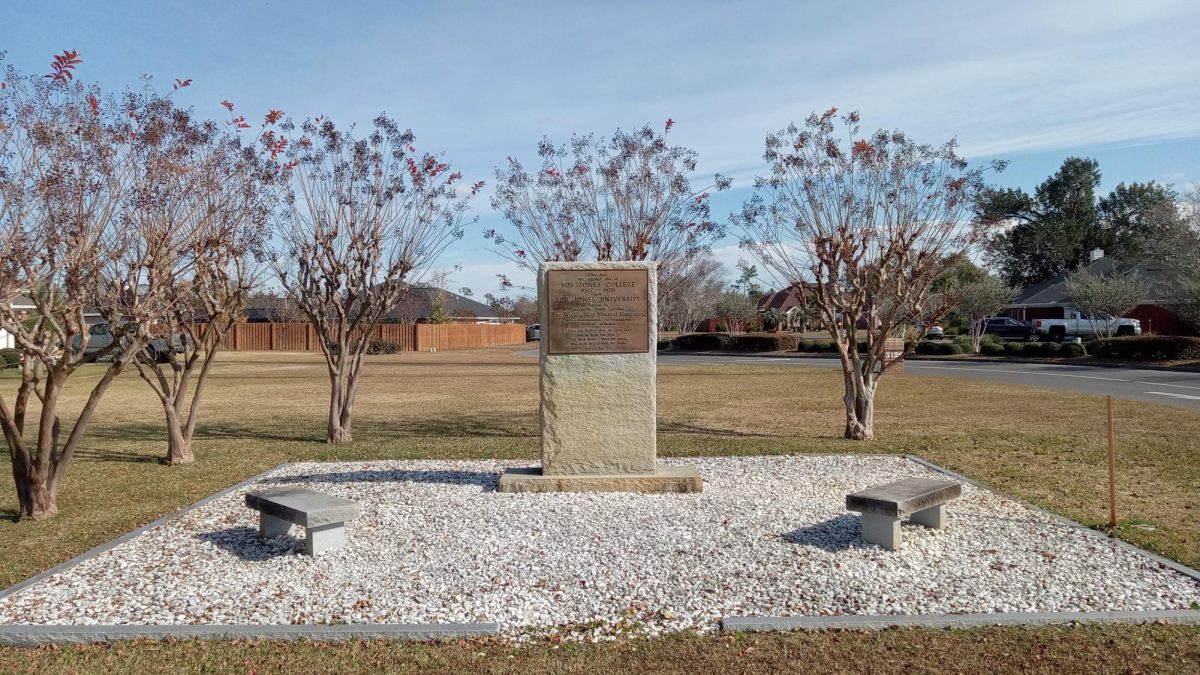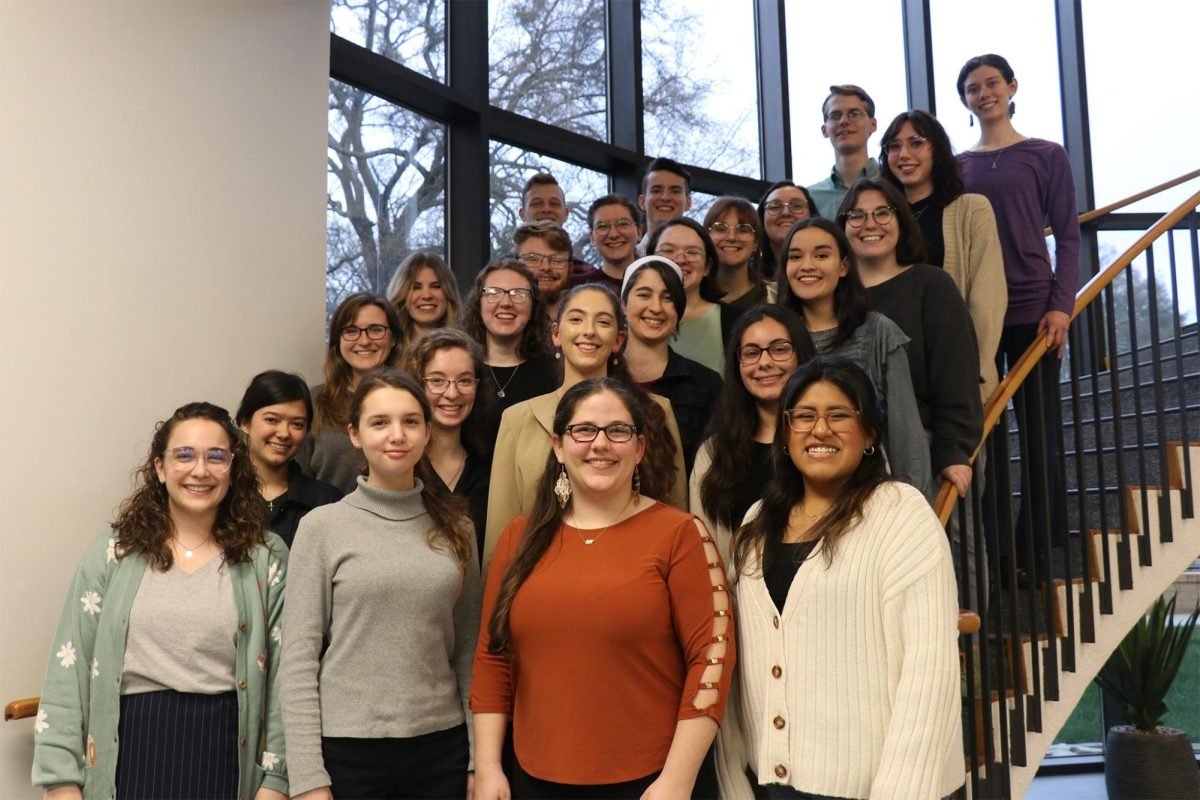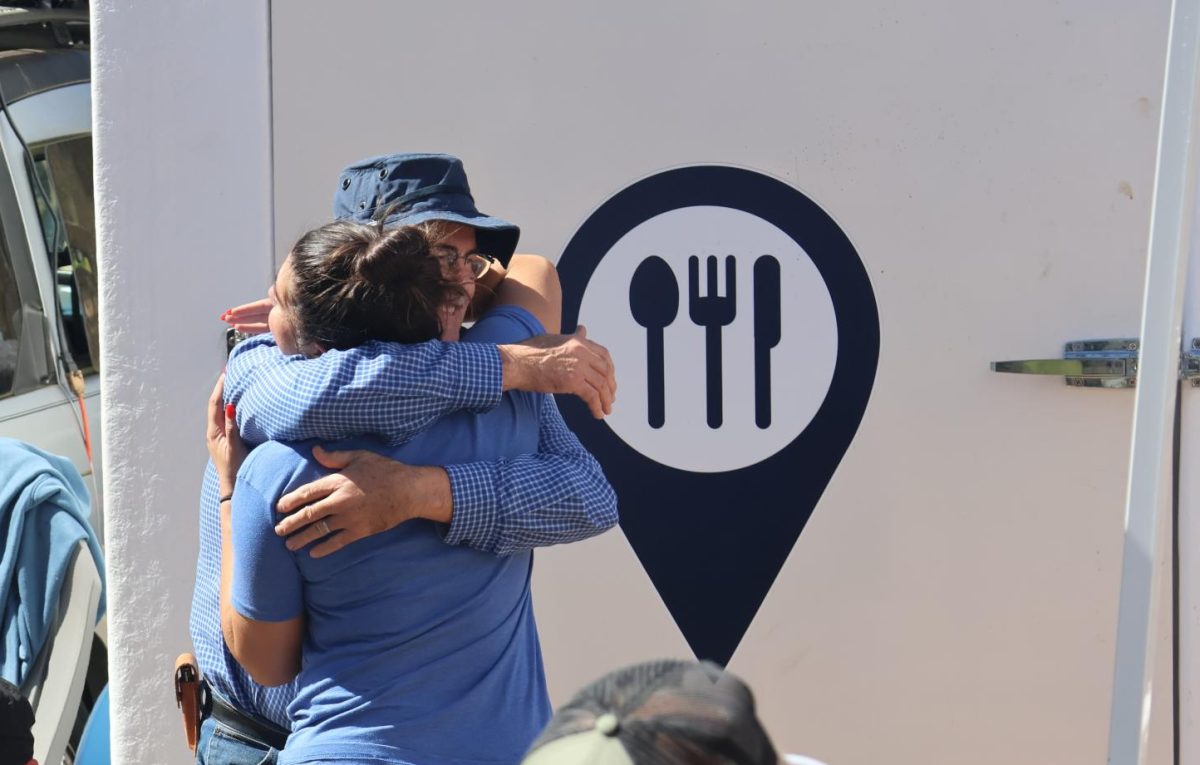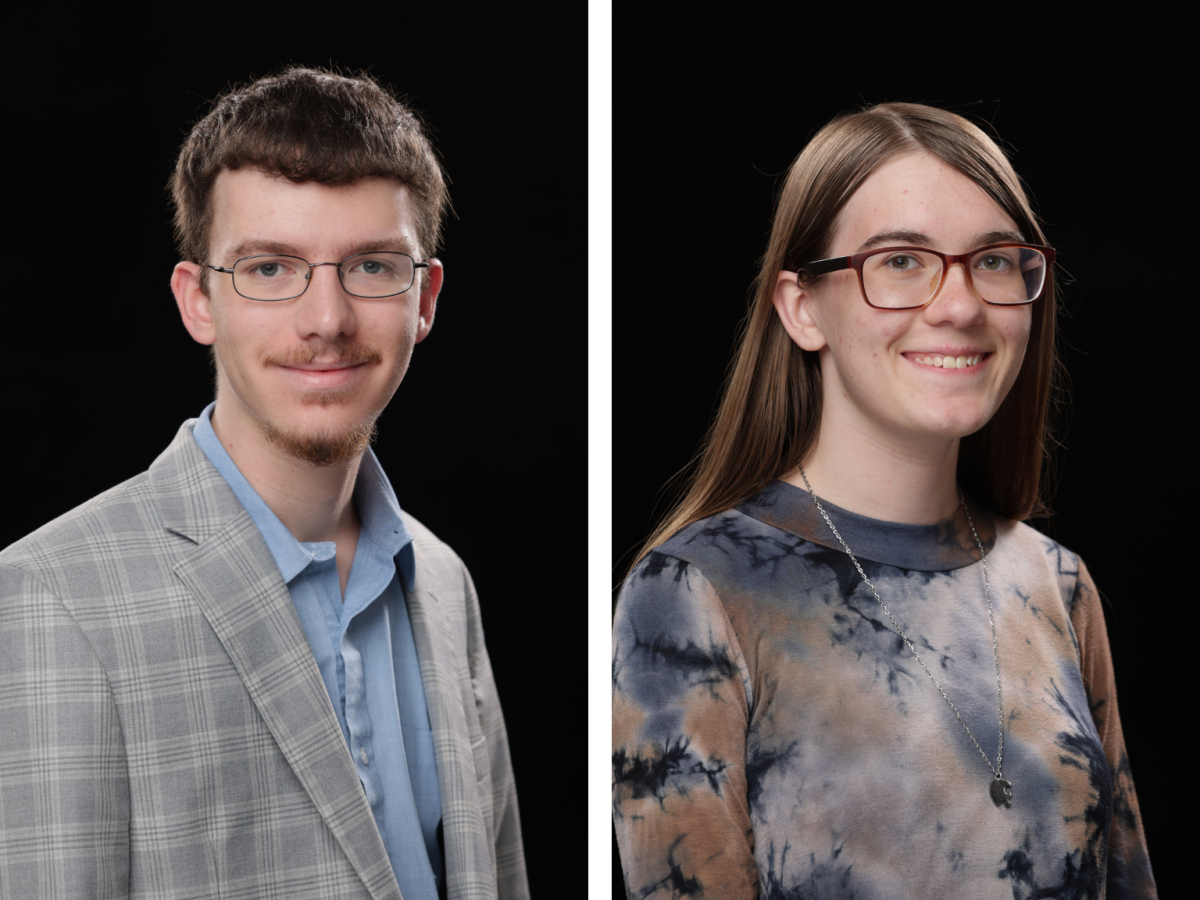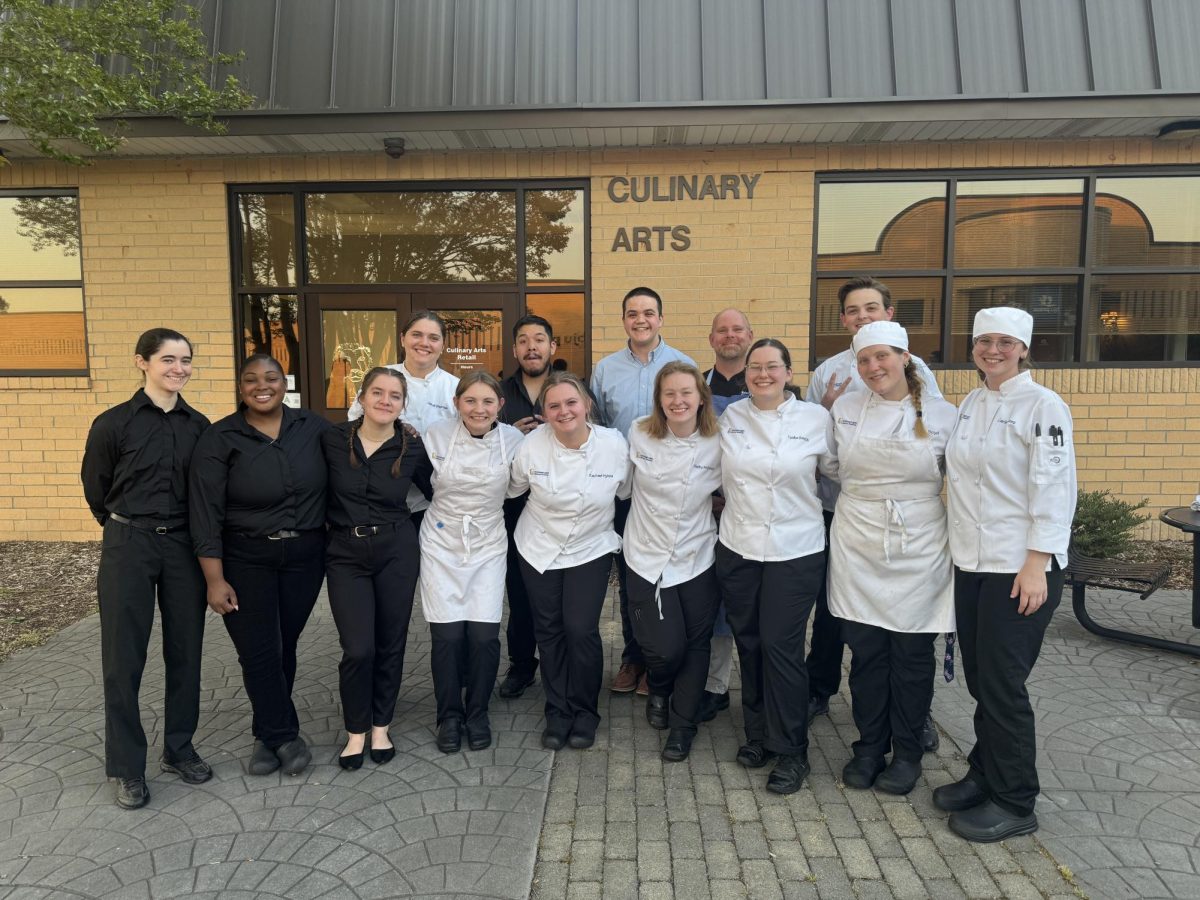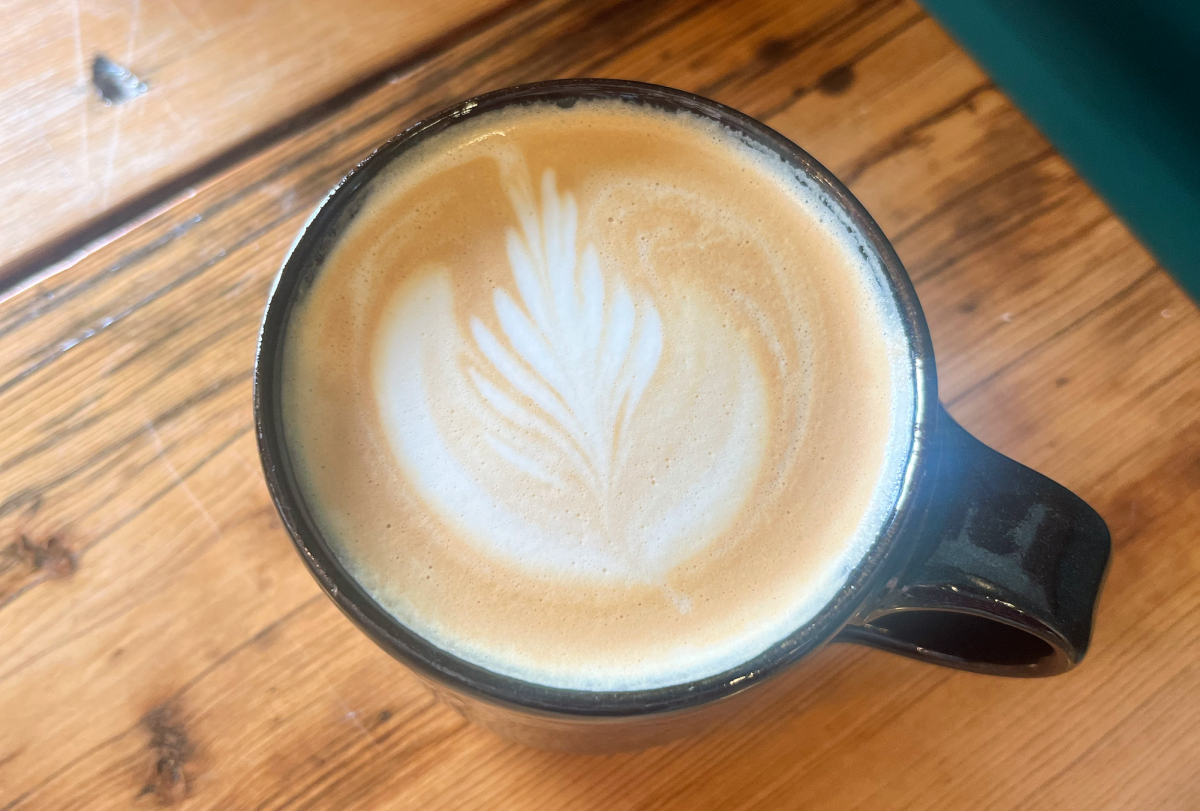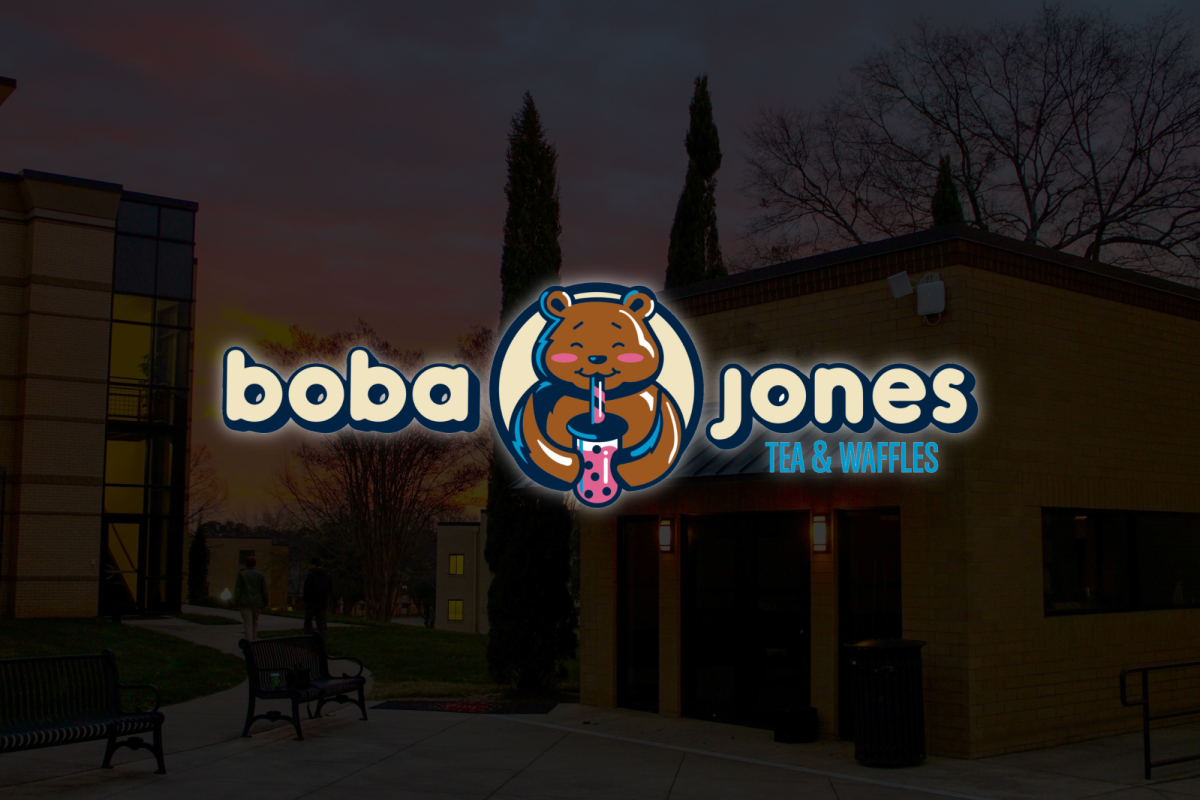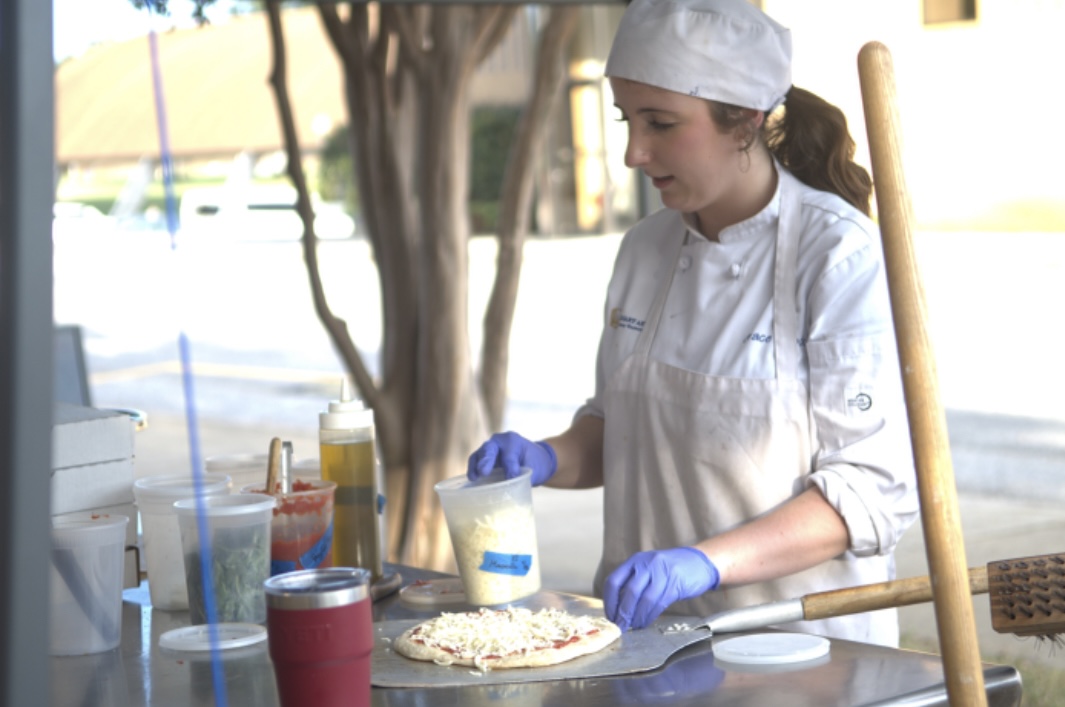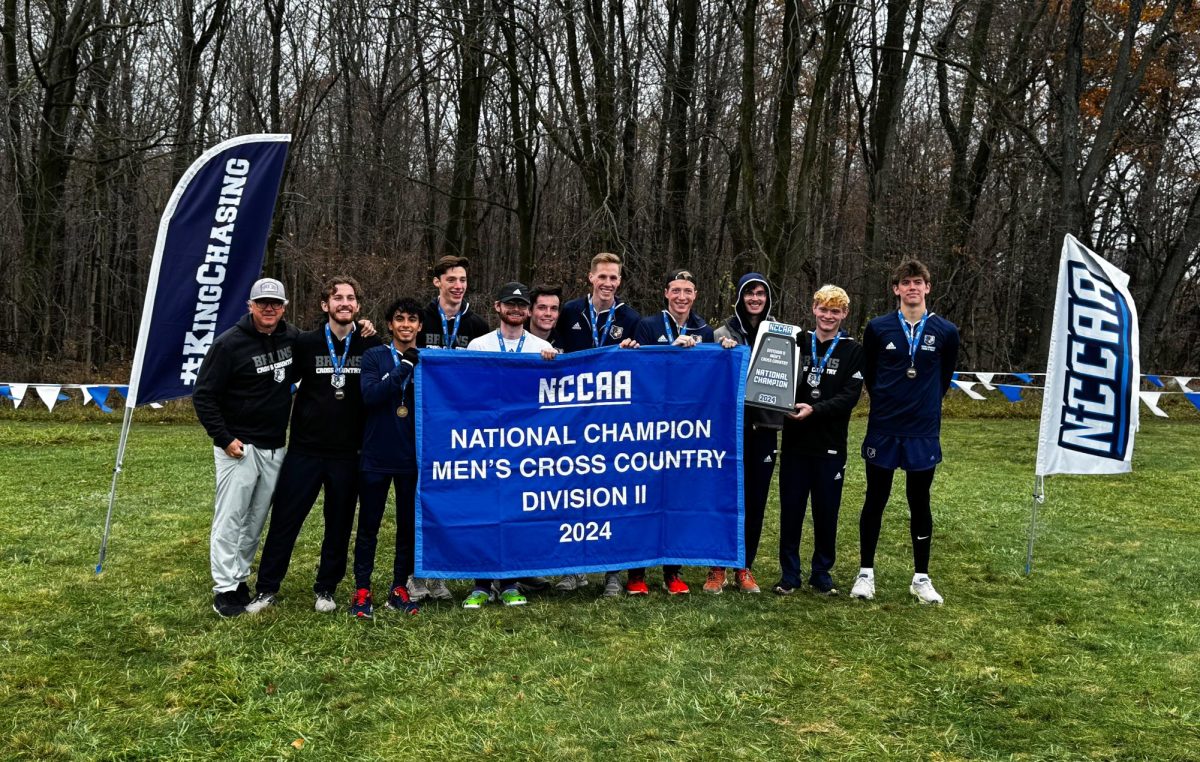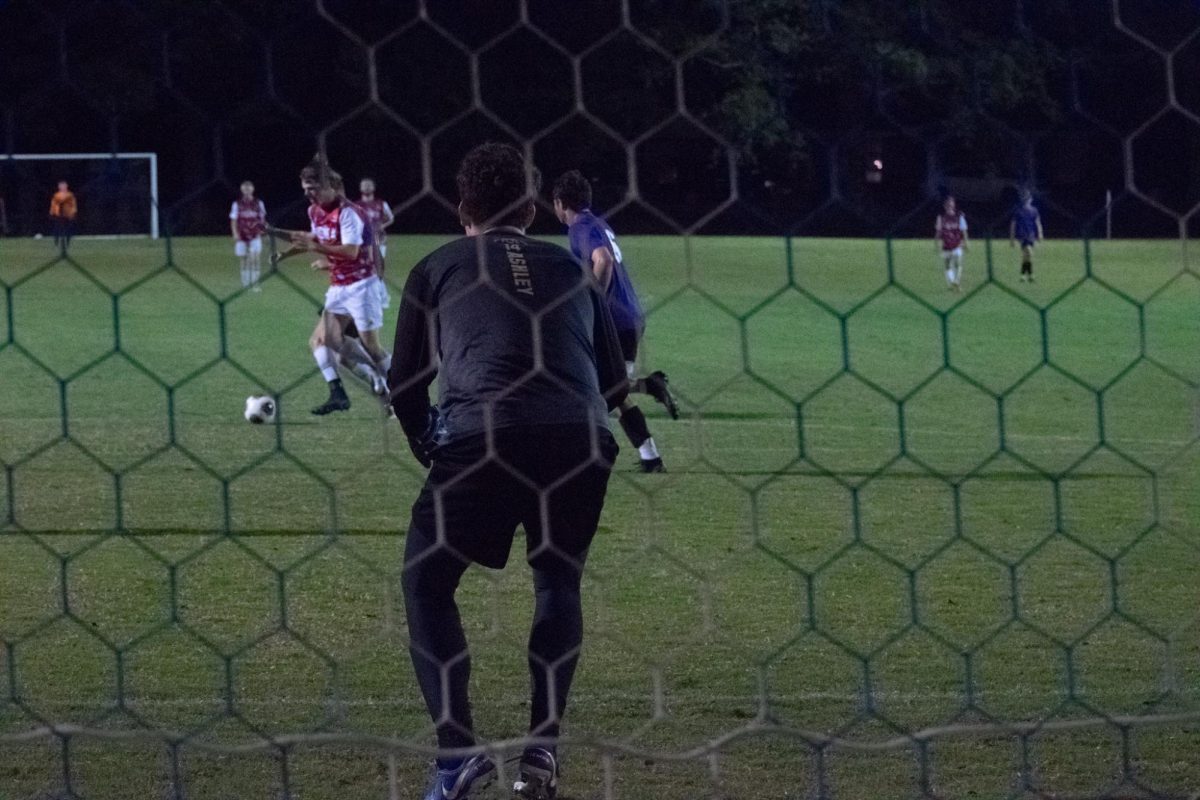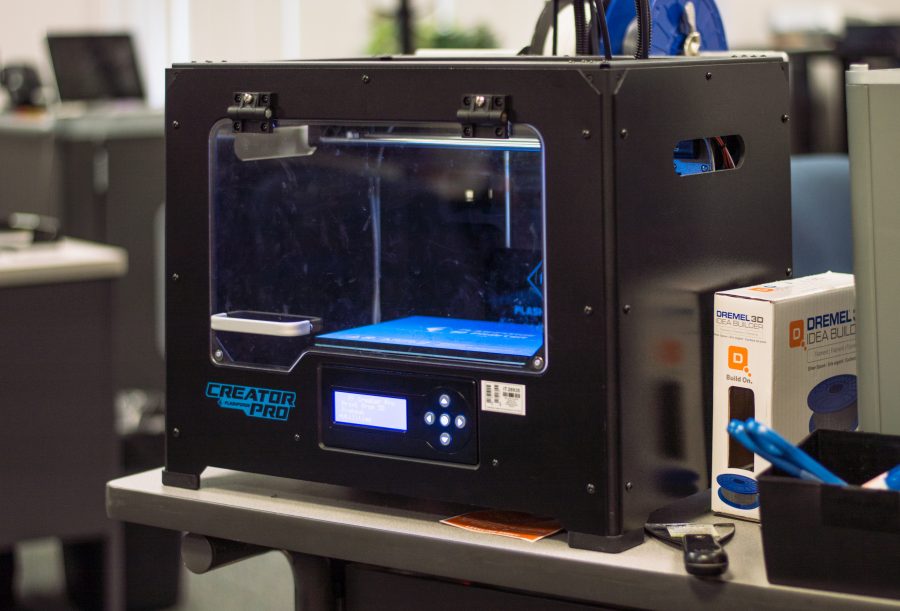Have you met Darlene, Felicia and Mr. Fredrickson? Probably not. These are the names of the 3D printers located in the Technology Resource room in 207 of Alumni Building, which is open 8 a.m. to 5 p.m. Monday through Friday.
BJU ordered the first printer in October 2015. The second printer was purchased in February of this year, and BJU Press donated the third one in July. One of the printers can print in two colors while the other two print only one color.
Hannah Deal, Instructional Technology specialist, said the printers provide students with an opportunity to fulfill God’s command to create.
“Anybody can create anything,” Deal said. “It’s a good way for students to use their creativity.”
Students follow three simple steps to make a 3D print. First, visit tinkered.com and design your creation. Second, make a file. Third, download the file and send it to Technology Resources to be printed.
These steps for 3D printing are also listed on the Technology Resources website.
Deal said students can print as many copies of their first design for free. Further downloads cost only a few dollars each.
Past student creations include phone cases, items for school projects and other fun things for themselves.
Deal said the printers can also be used to create visuals to use in the classroom.
“We don’t want it just for people to make ‘toys’,” Deal said. “We want them to use it for educational purposes.”
In addition to the three printers at Technology Resources, the engineering department also has a 3D printer for their students to use.
Sophomore engineering major Lauren Elizabeth Franklin has used the engineering printer to make a spinning top for a Calculus II project.
Franklin said she and another student used various mathematical techniques to make the curves for the top.
Because the printer cannot print overhangs, Franklin had to make two separate pieces for the top, she said.
Nursing and biology students can use the printers to make anatomical 3D prints.
A senior biology major, Deanna Fry, said that 3D printers are now being used to create prosthetics for adults and children.
“You’re able to get a decent prosthetic that works well without having to spend thousands and thousands of dollars,” Fry said.
Fry said her favorite biological use of the 3D printers is cell printing. 3D-printed cells function as regular cells, providing an ethical way to perform toxicology tests.
Fry said the ultimate goal is to print whole organs; however, printing organs is a complicated process that is currently being developed.

